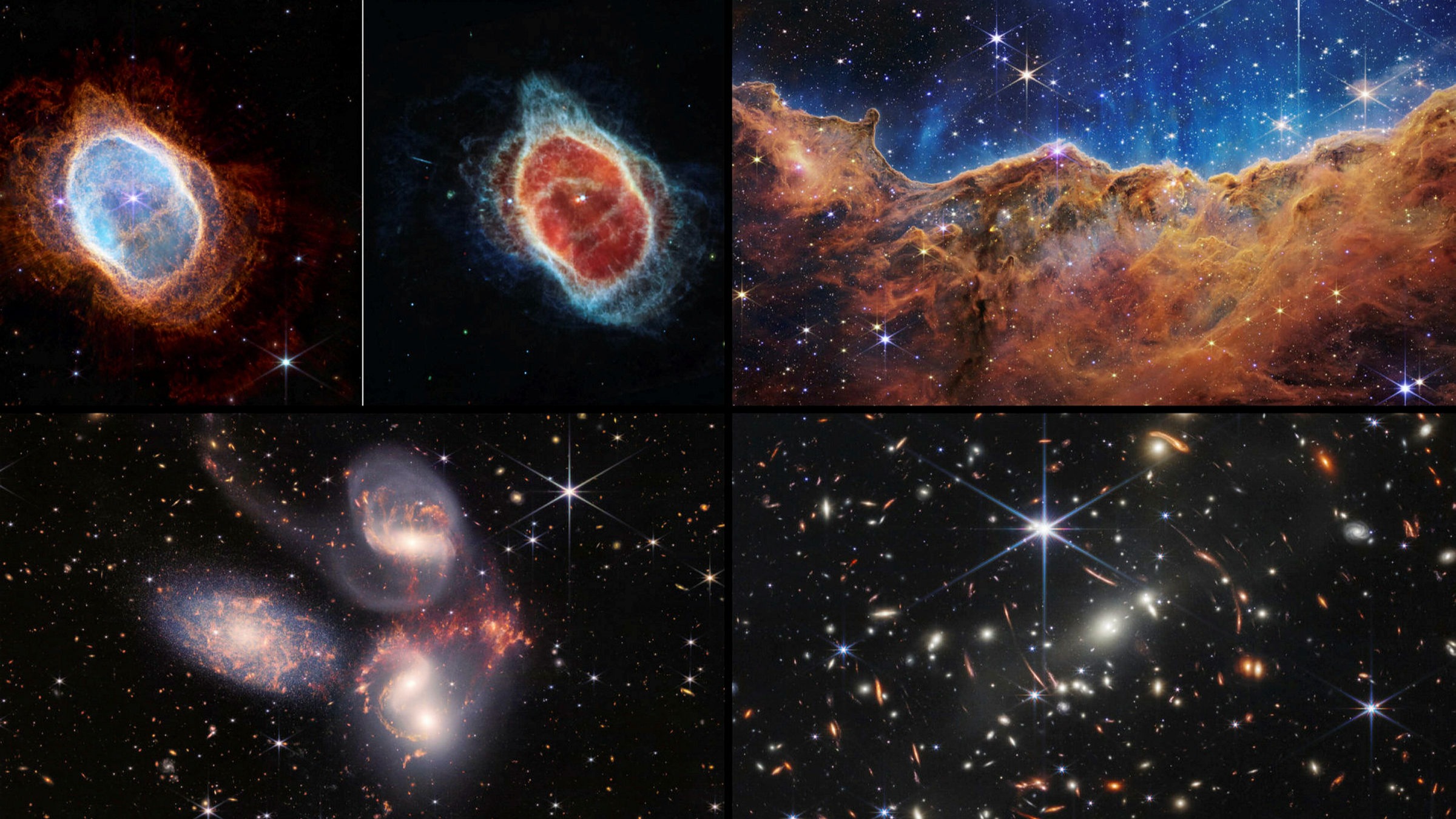The first picture from NASA’s new space telescope, which offers the most in-depth look at the universe ever taken, will be unveiled by President Joe Biden on Monday. It will be closer to the Big Bang and the edge of the cosmos than anything humans have ever seen in time or space, according to the first picture from the $10 billion James Webb Space Telescope.
Four further pictures of the galaxy’s splendor taken during the telescope’s first outward scans will be made public on Tuesday after that photograph. NASA predicted Biden would provide a “deep field” picture. That image will probably include a lot of stars, with large galaxies in the foreground telescoping the light of the objects behind them to reveal dim and very distant galaxies.
A portion of the photograph will include a light that was present just after the Big Bang. In a press conference last month, NASA Administrator Bill Nelson said, “We’re going to offer mankind a new picture of the universe. And we’ve never seen anything like that before,
A glimpse of a massive gaseous planet outside of our solar system, two views of a nebula where stars are formed and die in breathtaking splendor, and an update of a vintage image of five closely grouped galaxies dancing around one another is among the photographs that will be made public on Tuesday.
Last December, the largest and most powerful space telescope in the world was launched from French Guiana in South America. In January, it traveled 1.6 million kilometers to get to its viewing position. Then, under the cover of a parasol the size of a tennis court that keeps the telescope cool, the laborious process of aligning the mirrors, getting the infrared detectors cold enough to work and calibrating the scientific equipment started.
The objective is to use the telescope to look back in time so far that researchers may get a glimpse of the universe’s early history, which began around 13.7 billion years ago. They will also be able to zoom in on nearby cosmic objects, including our own solar system, with greater clarity.
Webb is seen as the upgrade to the venerable but extremely successful Hubble Space Telescope. As far back as 13.4 billion years, Hubble has gazed. In 2016, it discovered the galaxy’s exceptionally brilliant light wave signature. Light-years, which are units of distance equal to 5.8 trillion miles, are how astronomers gauge how far back they need to look (9.5 trillion kilometers).
According to Jonathan Gardner, the deputy project scientist on Webb, “Webb can view backward in time to shortly after the Big Bang by hunting for galaxies that are so far away that the light from those galaxies has taken many billions of years to come to our telescopes.”
How distant in the past was that first picture? According to project scientist Klaus Pontoppidan, astronomers will do complex calculations over the following several days to determine the exact age of those galaxies.
Since researchers want to utilize the telescope to reach much deeper, Pontoppidan noted that the record for the deepest view of the universe “is not a record that will hold for very long.” The universe is “opening up secrets that have been there for many, many decades, centuries, and millennia,” according to NASA’s scientific mission leader Thomas Zurbuchen, with the help of the new telescope. It’s not a picture. You’re going to see a fresh perspective on the world, he stated during the briefing.
It was difficult for Zurbuchen to avoid seeing the cosmos in a fresh way and experiencing a very intimate experience after seeing the photographs, according to him and his colleagues.
The largest and most sensitive mirror ever carried into space, Webb’s gold-plated, flower-shaped mirror is 21 feet (6.4 meters) in height. It has 18 parts, one of which was struck in May by a larger than expected micrometeoroid. The mirror has already experienced four smaller micrometeoroid hits. According to NASA, the telescope has continued to perform better than expected despite the strikes, with almost any data loss.
Source: ThePublicsRadio

